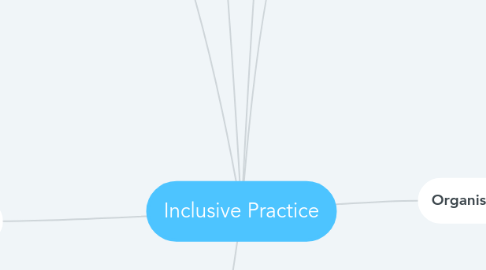
1. Mailing lists
1.1. Digital Accessibility Regulations list
1.2. Disability specific
1.2.1. Dyslexia
1.2.2. VI
1.3. Role specific
1.3.1. ATANET
1.3.2. DIS-FORUM
1.3.3. LIS-Accesisbility
1.4. Generic
1.4.1. ALT
1.4.2. Curriculum Champs
1.4.3. Jisc Student Experience Experts
1.4.4. Widening participation
2. Tools
2.1. Inbuilt
2.1.1. Office 365 Learning Tools
2.1.2. Google accessibility
2.1.3. E-books
2.1.4. Adobe Reader
2.2. Plugins
2.2.1. Office
2.2.1.1. Microsoft Word
2.2.1.1.1. Text to speech
2.2.1.1.2. Navigation pane
2.2.1.1.3. WebLayout view
2.2.1.2. Sway
2.2.2. Browsers
2.3. Free and open source
2.3.1. Xerte
2.3.2. EduApps bundle
2.3.3. ATbar
2.4. Smart phones and tablets
2.4.1. Apps
2.4.1.1. Brain in Hand app
2.4.1.2. iPad wheel of apps
2.4.1.3. Android wheel of apps
2.4.1.4. Complex needs/communication apps
2.4.2. Inbuilt
2.4.2.1. Android accessiblity
2.4.2.2. Apple accessiblity
3. Research & Background
3.1. "Arriving at thriving" (Higher Education Commission / Policy Connect)
3.2. Review of support for disabled students in HE in England
3.3. Ofsted
3.3.1. Good learning
3.3.2. Poor learning
3.4. Text to speech
3.4.1. TTS did not affect students' fluency, comprehension, or task completion time, although social validity interviews revealed that each student valued the independence and efficiency TTS provided.
3.4.2. Nancy K. Meyer, Emily C. Bouck 2014
3.5. Broader inclusive practice - selected resources
3.6. The Blue Berry story - recommended reading!
4. Legislation
4.1. The legislation
4.2. The relevant framework (EN 301 549 V2.1.2)
4.3. The related web standards
4.4. Accessibility statements - minimum requirement
4.5. The FACTS model for accessibility statements
5. Staff development resources
5.1. Jisc - inclusive practice in HE
5.2. MMU
5.3. NHS Portman & Tavistock Trust
5.3.1. Overview
5.3.2. Word
5.3.3. PowerPoint
5.3.4. Text to Speech
5.3.5. Rich media intro
5.3.6. Using Rich media
5.3.7. Mobile learning
5.3.8. Finding high quality content
5.3.9. Collaborative learning
5.3.10. Using open educational resources
5.4. Northampton
5.5. Uni of York
5.5.1. Inclusive learning webinar recording
5.5.2. 5 steps towards inclusive lectures
5.5.3. York TEL handbook
5.6. University of Plymouth
5.6.1. Downloadable posters
5.6.2. Downloadable checklist for teaching
5.6.3. Technology to assist inclusive practice
5.7. University of Wolverhampton
5.7.1. Learning to teach inclusively - OER module
5.8. University of Birkbeck
5.9. University of Kent (THES award for student support 2018)
5.10. University of Hull - designing for diverse learners
5.11. Jisc accessibility blog
5.12. TechDis YouTube channel
6. Organisations
6.1. Accessibility Maturity model
6.1.1. Organisational policies
6.1.2. Organisational flow charts
6.1.3. Quality assurance
6.2. Organisational platforms
6.2.1. Office
6.2.2. Google
6.2.3. VLE
6.2.4. Ebooks and Journals
6.3. Teaching practices
6.3.1. Range of media
6.3.2. Range of activities
6.3.3. Self assessment & mastery learning
6.3.4. Differentiated
6.3.5. Scaffolded
6.3.6. Collaborative and peer supported
6.4. Accessibility ironies
6.4.1. Study skills but no assistive technology
6.4.2. Inaccessible disability support guides
6.4.3. Corporate branding contrast fails
